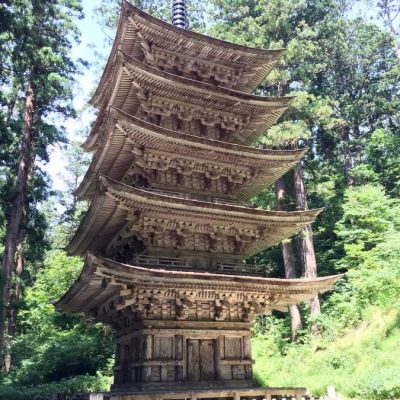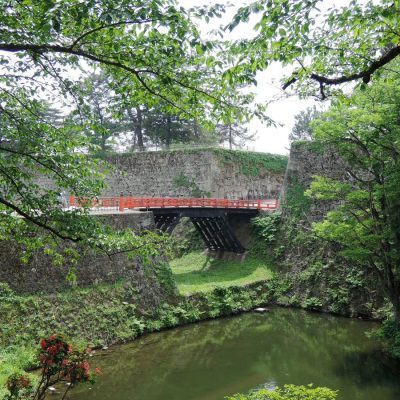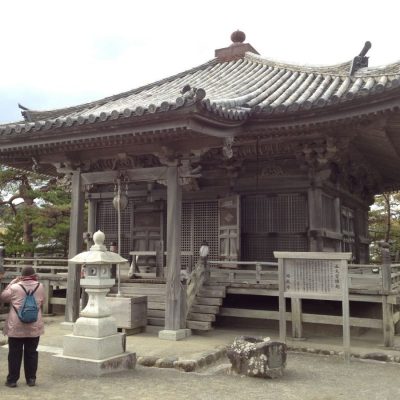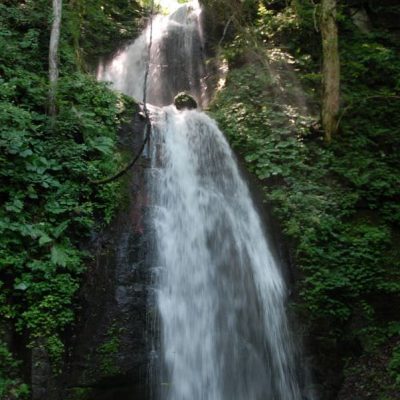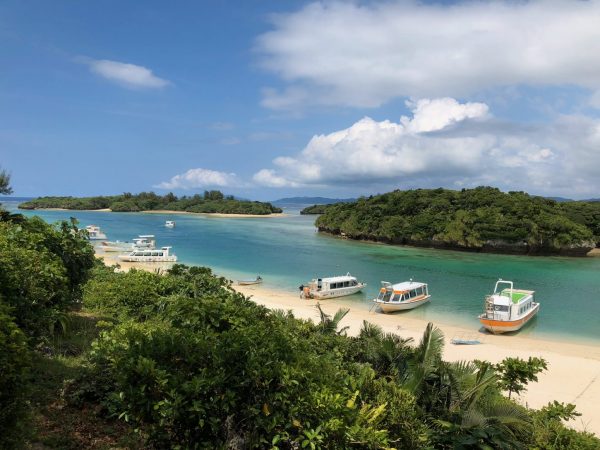You will soak in the thermally-heated waters of some of Japan’s best onsen, including Zao Onsen, with its sulfuric waters that are among the most acidic in Japan with a PH value of close to 1.
Follow in the footsteps of countless “yamabushi” along the Dewa Sanzan, Japan’s oldest pilgrimage established almost 1,500 years ago. Climb the 1,000 steps to Yamadera, a mountainside temple founded in the 9th century.
You will enjoy the natural areas of Lake Towada and the Oirase River and Matsushima, ranked as one of the three most scenic spots in Japan.
You will visit Aizu Wakamatsu with it’s hundreds of years of Samurai history and tradition. In Aomori, you will enjoy a shamisen performance. And purchase seafood directly from the vendors at the local fish market to create your own shinsendon (seafood rice bowl).




